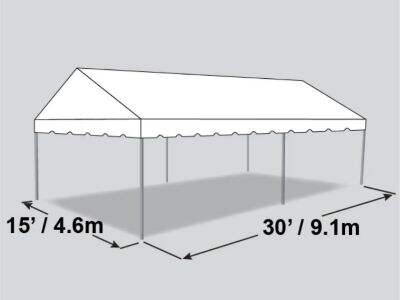Pitching a tent can appear simple, but make these mistakes and you will weaken it and let the water in. For you to maintain your tent strong and dry, you need to be mindful of some little things. Here are a few ways to steer clear of trouble.
Ensuring the Tent Poles Are in Place
The first thing to do in order to have a solid tent set-up is to have your tent poles in the right places. The poles are the tent’s bones: They keep it standing. When you pitch your tent, do it as the instructions say and put the poles where they are designed to go. This distributes the weight of the tent, keeping it balanced and preventing it from tipping or falling.
Selecting the Appropriate Tent Material
Another thing to consider is the material of the tent. The fabric keeps water out. When choosing a Tents, Marquees and Canopies, opt for one with waterproof, durable material. This will prevent your tent from getting wet when it rains very hard. Celina tents are crafted with high-quality fabric that keeps water at bay.
Keeping the Tent Strong
In addition to staking the poles and selecting the proper fabric, it’s worth considering how sturdy the tent is in general. That means considering the design of the tent and how well it’s constructed. Celina tents are constructed of strong materials and can withstand many different types of weather. Opt for a tent with good structure to ensure it doesn't come crashing down in windy weather.
Placing Tent Pegs Correctly
Not getting tent pegs in the right location is a common error. Tent pegs hold the tent to the ground. When pitching your tent, be sure to put the pegs into firm ground and angle them a bit away from the tent. This prevents the pegs from slipping and the tent from falling forward. If you listen to this, your outdoor tent will remain strong and upheld.
Sealing Seams and Zippers
And finally, the seams and zippers of your tent should be sealed. Water can get inside through these areas, so sealing them also helps to keep your tent dry. A seam sealer or waterproof spray can also be used to seal any seams or zippers that could potentially allow water to penetrate into your shelter. By taking this tiny step, your tent can much better regulate its temperature.










